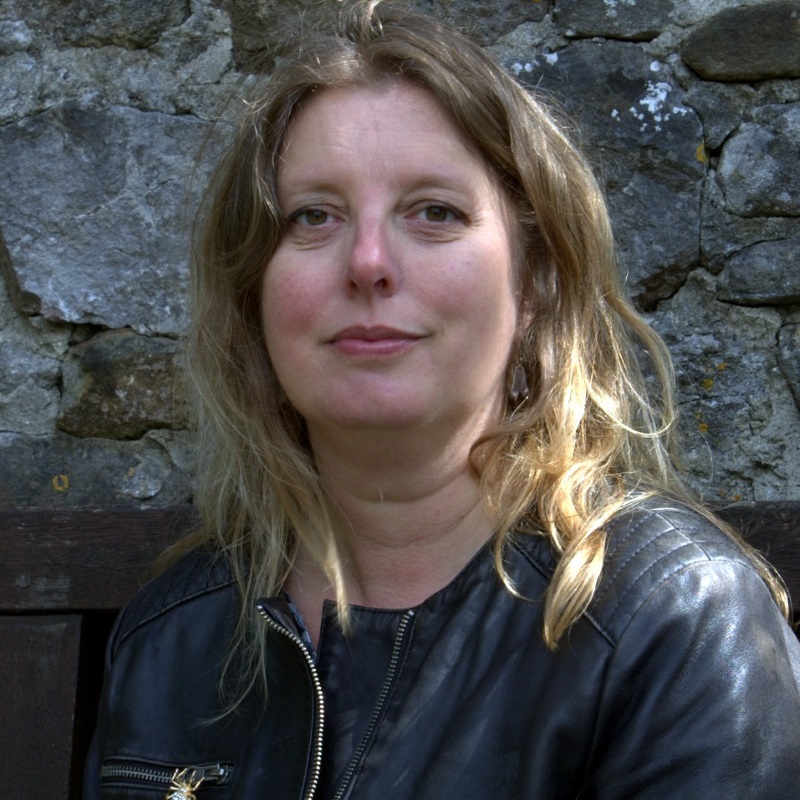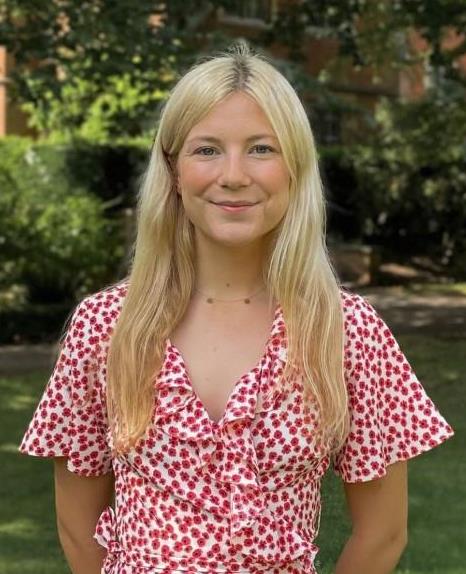Professor Anna Marie Roos, Editor for the Royal Society’s History of Science journal Notes and Records, reflects on a successful year and gives us an insight in to the journal’s future developments.

In 2018 Professor Anna Marie Roos stepped in to the role of Editor for the Royal Society’s History of Science journal, Notes and Records. In our latest blog, she reflects on a successful year and gives us an insight in to the journal’s future developments.
How has your first year in the job as Notes and Records Editor been?
Encouraging. Submissions have increased, particularly from early career researchers. We have commissioned special issues through 2022 on exciting topics such as the relatively underappreciated early naturalist James Petiver, a reappraisal of the scientific statesmanship of Joseph Banks, the history of the discovery of bacteriophages, and biodiversity and the history of scientific environments. For the historians of chemistry devotees out there, we even have one coming on early modern theories of vital matter.
What is the most satisfying aspect of the role?
I am witnessing novel approaches to historiography, particularly the role of material and visual culture in the history of science. It is also enjoyable to assist scholars to refine papers so they can be the best that they can be. We had nearly double the entries to the Notes and Records Essay Prize this year, so I’m looking very forward to helping our winner and runners up shape their papers for publication.
Has there been any surprises that you didn’t expect being the Editor?
The rapid-fire pace and the variety of decisions that have to be made each day. Sometimes the editor also has to be a consummate diplomat.
What have been the highlights?
We published an article concerning the re-discovery of a letter by Galileo to Benedetto Castelli in the Royal Society Library, outlining his views about the Bible as an authoritative source and the heliocentric universe. I was interviewed by Edward Stourton on BBC Radio 4 on 30 September 2018, and by Spanish and Italian journalists. It was enjoyable to work with the publishing and production team to publish a definitive transcription of the letter.
We’ve also had some great interdisciplinary papers this year from scientists, including one on Da Vinci, birds and dynamic soaring. The humanities and the sciences are going to have to work together more closely to solve some substantive challenges ahead, and it is satisfying to see an idea take flight (sorry).
Whatever one’s opinion is on impact factors1, the journal has had a substantive increase from 0.475 to 0.605 for Web of Science and from 0.36 to 0.72 for Scopus, and more importantly, we’ve had a 30% increase in downloaded papers from 2017-2018. It is very gratifying to know that the scholarly community is increasingly reading and using the journal for their own work.
Are there any exciting developments coming up with the journal?
We began a series of video interviews last year with contributors and guest editors for special issues. Our debut video was released in December 2018 for the edition dedicated to the seventeenth-century mathematician John Wallis. I had the pleasure of discussing his work with Louisiane Ferlier, our Digital Resources Manager and Wallis scholar. Our next video will be about Joseph Banks, so stay tuned!
Notes and Records is an international journal which publishes original research in the history of science, technology and medicine. Find out more information about submitting to Notes and Records.
Main image:
Photo of Anna Marie Roos
Footnotes
1. The Royal Society has signed the San Francisco Declaration on Research Assessment (DORA). This declaration challenges the role played by the Impact Factor as the main means for evaluating science, and promotes the assessment of research on its own merits rather than on the basis of the journal in which the research is published. For this reason, the Royal Society will from now on present our journal Impact Factors within the context of a variety of journal-based metrics.




